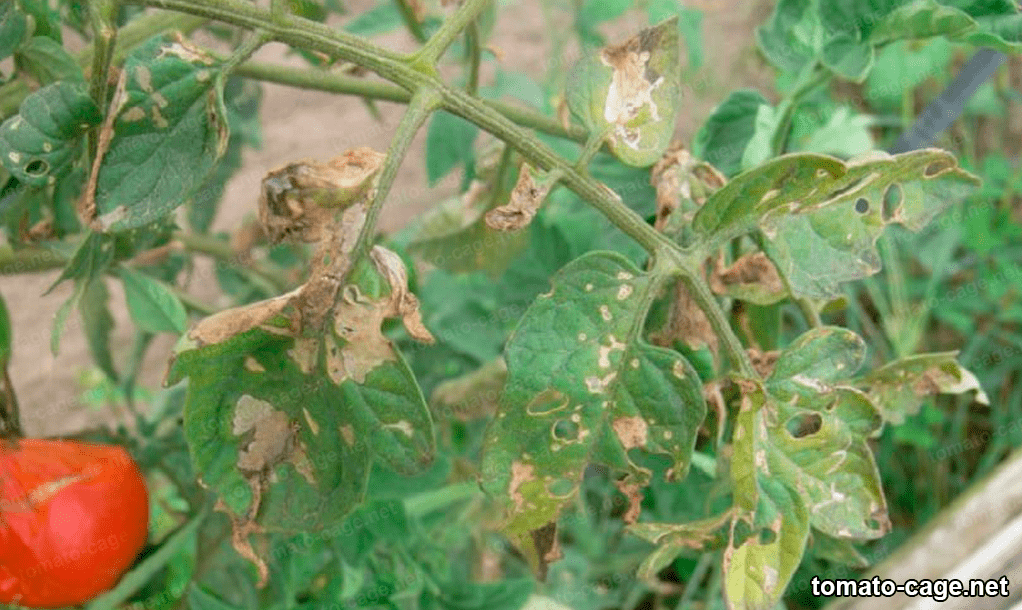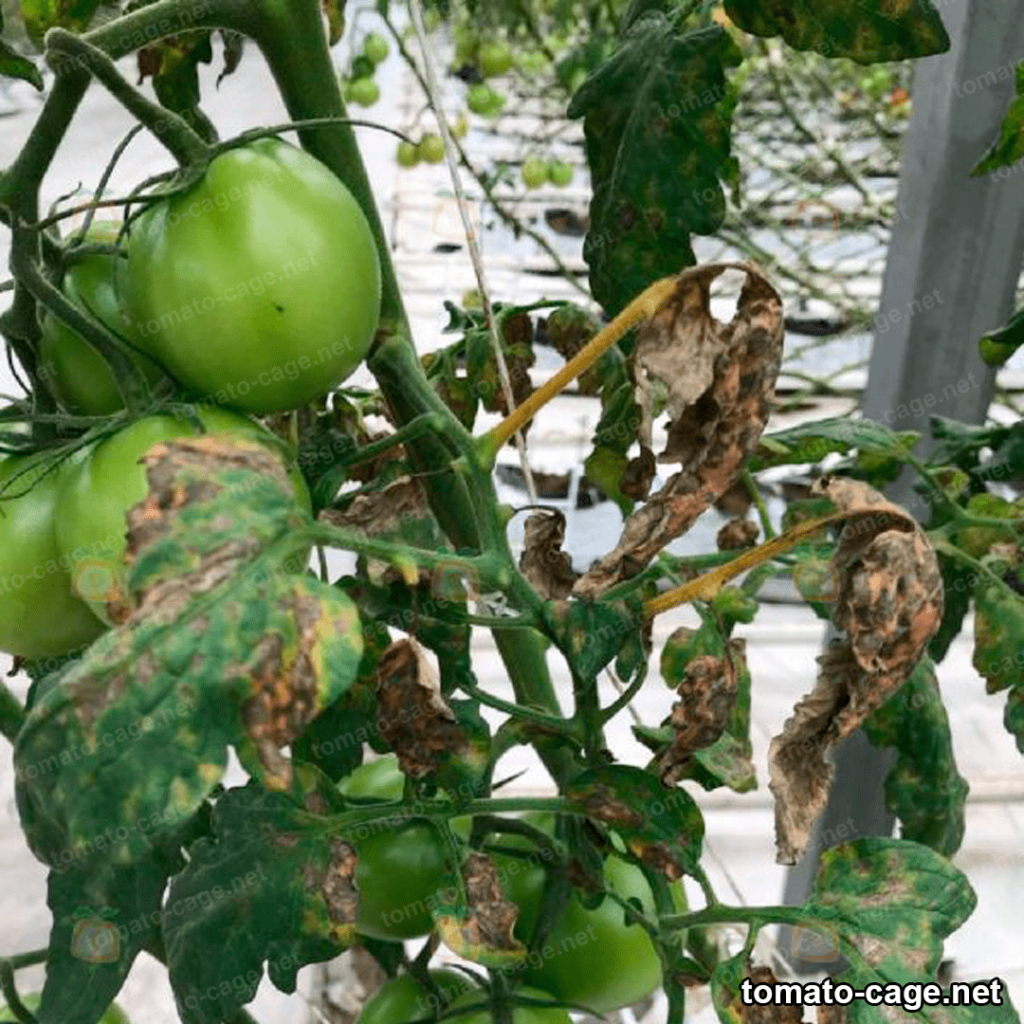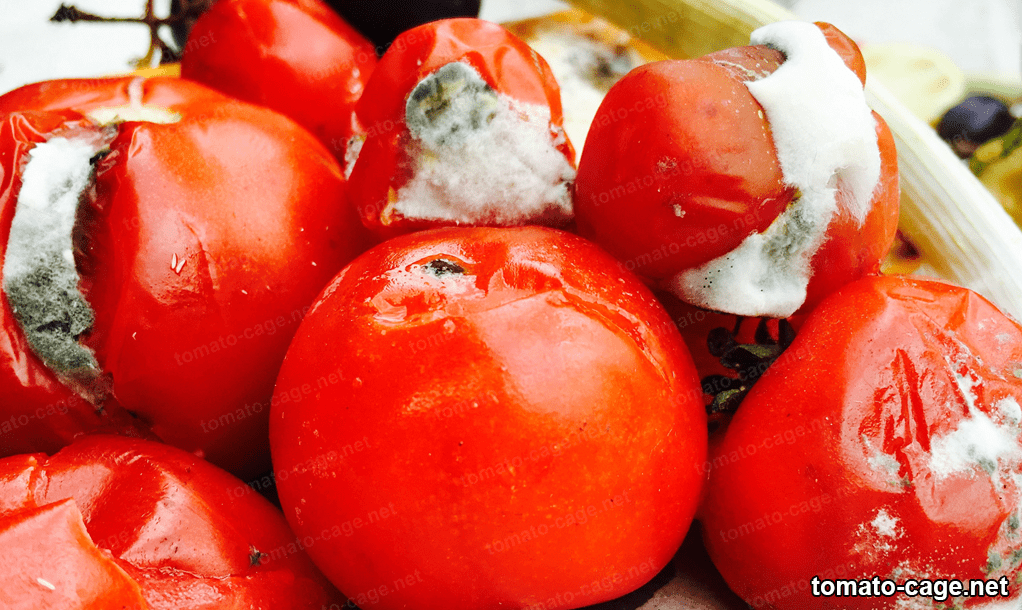Introduction
The presence of signs of a contaminated tomato crop can be an important indicator to growers that tomatoes are potentially hazardous to health. This is because tomatoes themselves can be the host for various types of microorganisms such as fungi, bacteria and viruses.
Early signs of these contaminated crops may be experience with a range of signs and symptoms. Depending on the agent causing the contamination. These signs may include a decrease in the quality and quantity of tomatoes produced. This is not necessarily a definitive sign of contamination. But a grower should be aware that this may occur if there is any contamination.
Tomatoes can also show color changes, sometimes showing a gray, yellow or brown spot. This stain is usually cause by harmful fungi that feed on the flesh of tomatoes and give them a different color. These spots can spread rapidly and cover most of the tomato. Making it impossible for a grower to recover his crop.
In addition, a clear sign of a contaminated tomato crop is a particularly unpleasant odor emanating from the tomatoes
The rotten smell is an obvious sign of the presence of some kind of contaminant, usually a bacterium or fungus. Growers should be very wary of this type of odor, as it can be a key indicator of the degree of contamination and the presence of a pathogen.
Also common to consider in a contaminated tomato crop is the presence of a skunk. These white spots appear as white smut on the surface of tomatoes, indicating an infection by some type of fungus or bacteria. Tomatoes may also experience obvious deformities, and this may be cause by the presence of a pathogen, particularly a virus. These deformities include odd shapes, disproportionate sizes and strange colors.
In addition to these obvious signs, growers should also be aware of internal signs of contamination. For example, contaminated tomatoes generally have an extremely high water content, causing them to feel heavy and even spill water when picked. Tomatoes may also be full of small holes, which means they are infested with insects or are completely gnawed.

An important aspect to keep in mind is that the presence of some signs does not necessarily mean that a tomato crop is contaminate
Other factors such as soil, climate, water supply and pathogens present must also be take into account to verify if a tomato crop is at risk. A grower should watch for any suspicious signs and investigate the causes thoroughly to avoid serious contamination.
A bad tomato crop can be devastating to the crop, so it is important to watch for signs of disease and take the necessary steps to alleviate the situation. This will improve tomato yield and quality and keep the crop healthy throughout the season. Here are some signs to watch for to detect a likely diseased tomato crop.
One of the first visible signs of disease is seeing discolored or wilted leaves. This can be due to nutrient deficiency or excess moisture. Brown spot is also a sign of disease commonly found on tomato fruit. This spot is usually cause by the most common fungal disease know as tomato plant brown spot, and manifests with brown, orange-yellow and black spots on the fruit. Another sign to watch for is white mold on the fruit. This is know as white mold disease and manifests as a whitish coloration on the surface of tomatoes. This disease is due to excess moisture and is generally best seen under conditions of high humidity and darkness.
If insect damage, such as tomato moth larvae feeding inside the fruit, is found, it is a clear sign that the crop is diseased
These insect damages can be difficult to detect, especially when they are small. Therefore, it is important to carefully examine tomato fruit for external signs of damage. Another sign of disease can be the wasting of the tomato rind, which causes it to darken and rot. This is know as rind disease and usually presents with black spots or rot. If the crop is too dry, there is a risk of nutritional problems, such as a deficit in nitrogen, phosphorus or other nutrients needed for tomato growth. If the soil is dry but the fruits look good, this is a clear sign of a nutritional problem. For this, the situation should be remedied with a fertilizer containing the necessary nutrients.
Another sign of a diseased crop is excessive flowering of tomatoes and, therefore, low yields. If there is an excess of flowers and not much fruit, it may be a sign of an excess of nutrients or lack of light, so it is important to address these conditions to solve the problem. And disease attack, such as root rot of tomatoes, can be a clear sign that the crop is diseased. This disease usually presents with putrid, rotting roots and is due to excess moisture. To treat this, it is important to water the soil adequately and provide good drainage.
It is important to remember to keep a close eye on the tomato crop to detect a disease before it becomes a pest. This can be accomplish by daily vigilance, monitoring the crop for any signs of disease. This will improve yields and help to safeguard the crop.

What should I do if my tomato crop is contaminat?
It is important to take quick action to eliminate contamination before it affects production and yields. Once tomato plants become contaminated, it is difficult to reverse the damage caused.
If a grower discovers that his tomato crop is contaminat, it is important to take immediate action to control the spread. The first step is to identify the cause of the contamination. This could be due to the presence of microorganisms or insects in the area. Once the cause of the contamination has been identified, the farmer should take appropriate measures to control it.
One measure to control the spread of contamination is the use of plastic sheeting to cover tomato plants. This would isolate them from contamination. Another contamination control measure is the use of special pesticides and fertilizers to eliminate pests and diseases that can contaminate the crop. It is also important for the farmer to keep the field free of weeds near the tomato plants. This will help reduce the spread of contamination. The grower should take special care when weeding the crop to avoid damaging the plants.
Another way to reduce the spread of contamination is to immediately remove affected tomatoes
This will prevent contaminated tomatoes from further infecting healthy plants. If the affected tomatoes are among healthy plants, it is best for the grower to remove them immediately to reduce the risk of spread.
In addition to these measures, it is recommend that the grower increase the productivity of their crops. This will help them deal with the stress caused by contamination and allow them to increase production. This could be achieved by using a contamination resistant variety, implementing soil improvements and selecting the best breeding stock for the crop. If the grower is still unsure of how to control contamination in his tomatoes, it is necessary to turn to a professional. A professional who specializes in tomato crops will have the experience and expertise to help the grower control the spread. It is recommended that the grower consider the help of a professional before making particularly unwise decisions.
Contamination of a tomato crop is a serious problem that a grower must pay proper attention to. This means that the grower must take immediate action to control the contamination before it gets even worse. Identifying the cause of contamination, using plastic sheeting to isolate plants. Using appropriate pesticides and fertilizers, keeping the field free of weeds, removing affected tomatoes and, if necessary, calling in a professional are some of the most effective measures to control the spread of tomato contamination.
